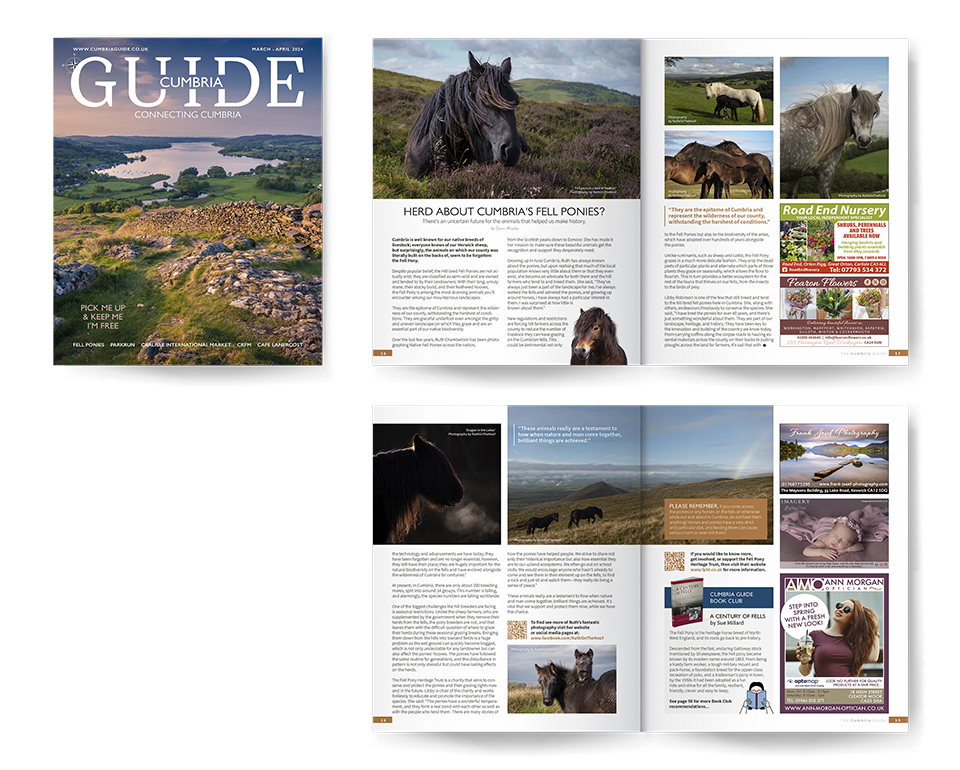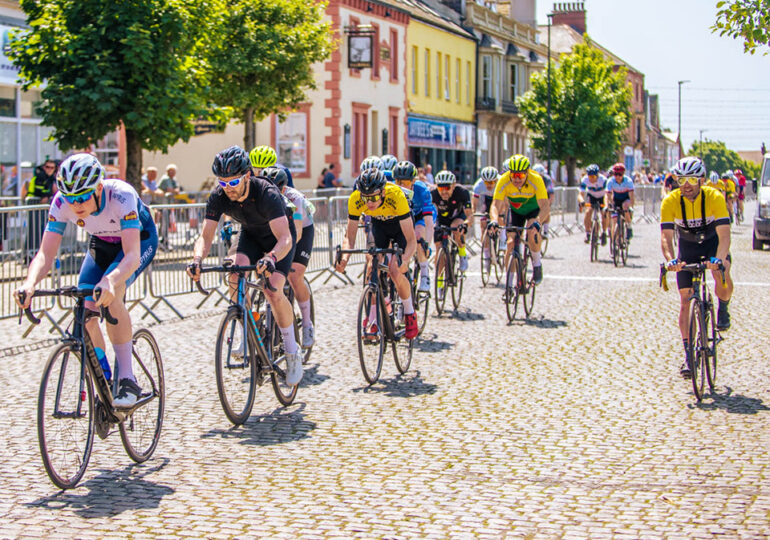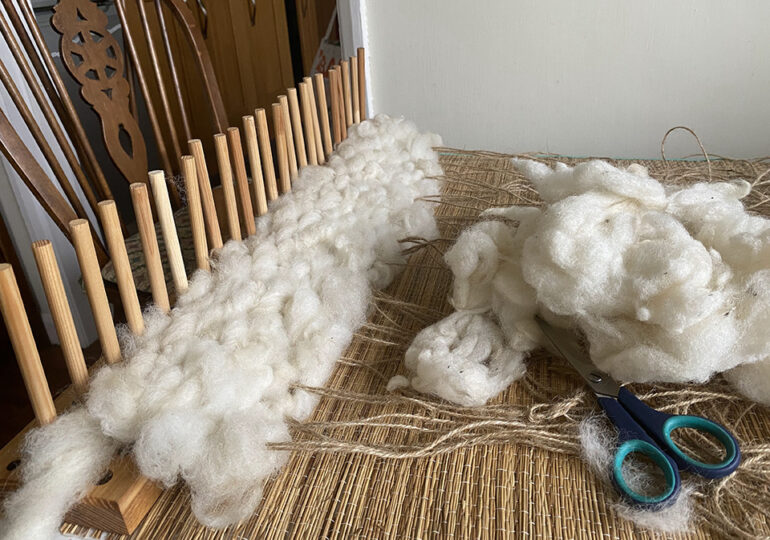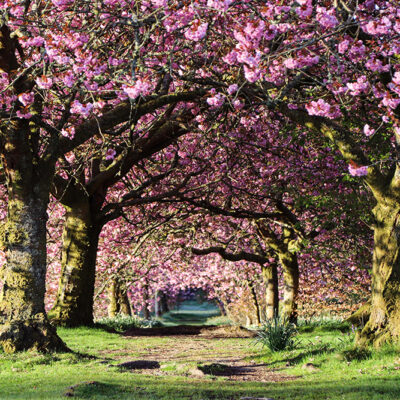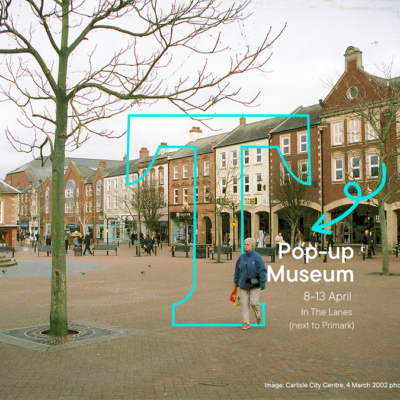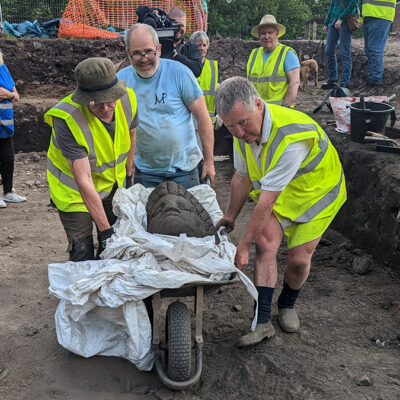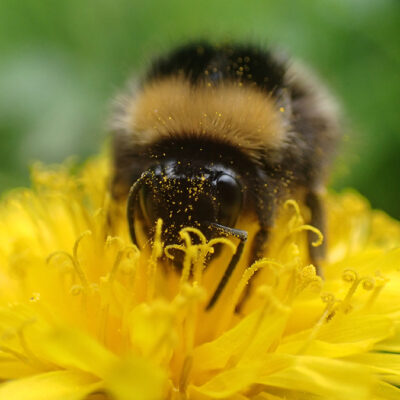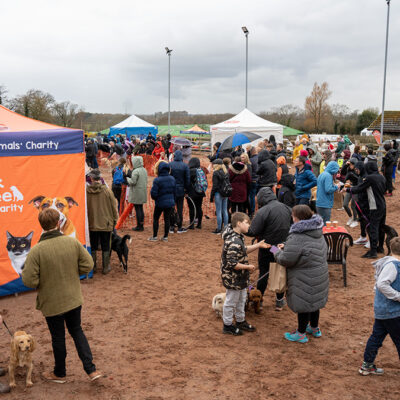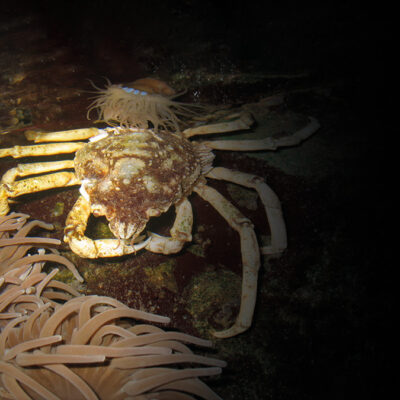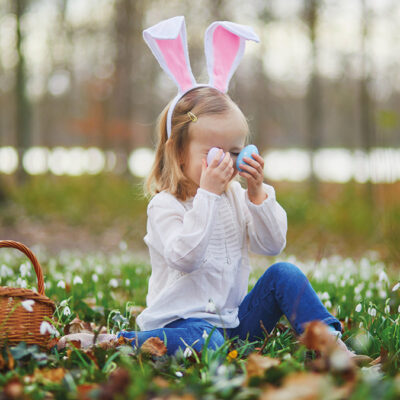Herd about Cumbria’s Fell Ponies?
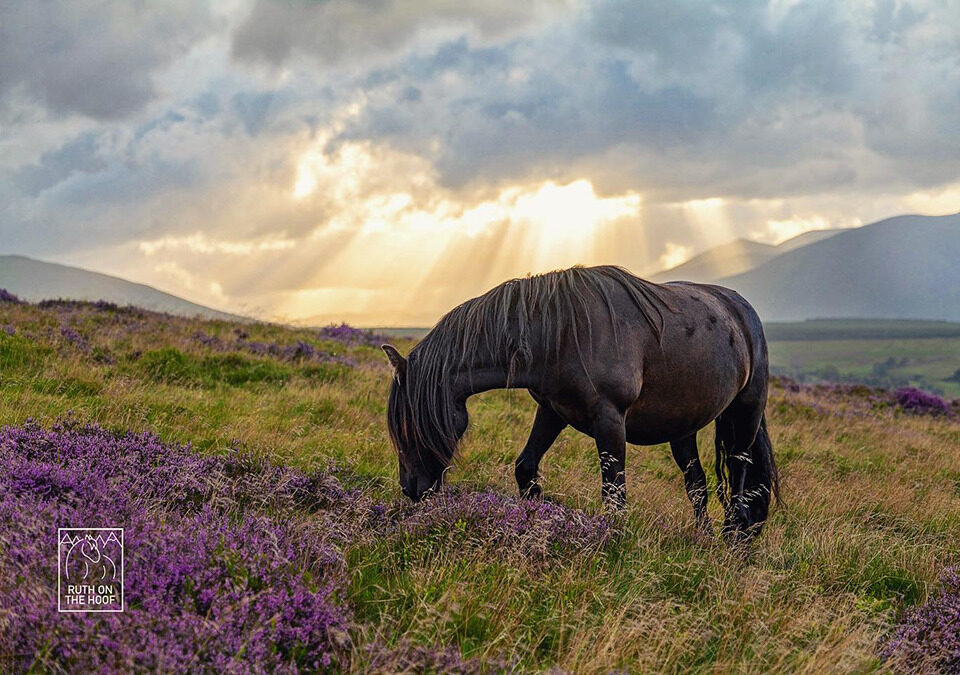
Herd about Cumbria’s Fell Ponies?
There’s an uncertain future for the animals that helped us make history.
Cumbria is well known for our native breeds of livestock; everyone knows of our Herwick sheep, but surprisingly, the animals on which our county was literally built on the backs of, seem to be forgotten: the Fell Pony.
Despite popular belief, the Hill-bred Fell Ponies are not actually wild; they are classified as semi-wild and are owned and tended to by their landowners. With their long, unruly mane, their stocky build, and their feathered hooves, the Fell Pony is among the most stunning animals you’ll encounter among our mountainous landscapes.
They are the epitome of Cumbria and represent the wilderness of our county, withstanding the harshest of conditions. They are graceful underfoot even amongst the gritty and uneven landscape on which they graze and are an essential part of our native biodiversity.
Over the last few years, Ruth Chamberlain has been photographing Native Fell Ponies across the nation, from the Scottish peaks down to Exmoor. She has made it her mission to make sure these beautiful animals get the recognition and support they desperately need.
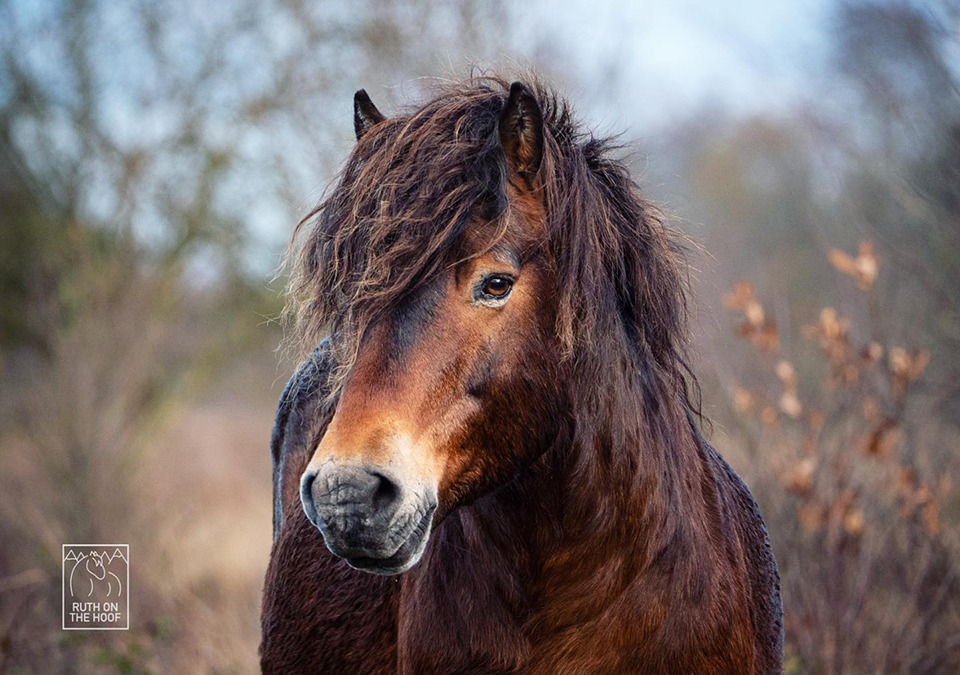
Growing up in rural Cumbria, Ruth has always known about the ponies, but upon realising that much of the local population knows very little about them or that they even exist, she became an advocate for both them and the hill farmers who tend to and breed them. She said,
“They’ve always just been a part of the landscape for me; I’ve always walked the fells and admired the ponies, and growing up around horses, I have always had a particular interest in them. I was surprised at how little is known about them.”
New regulations and restrictions are forcing hill farmers across the county to reduce the number of livestock they can have grazing on the Cumbrian fells. This could be detrimental not only to the Fell Ponies but also to the biodiversity of the areas, which have adapted over hundreds of years alongside the ponies.
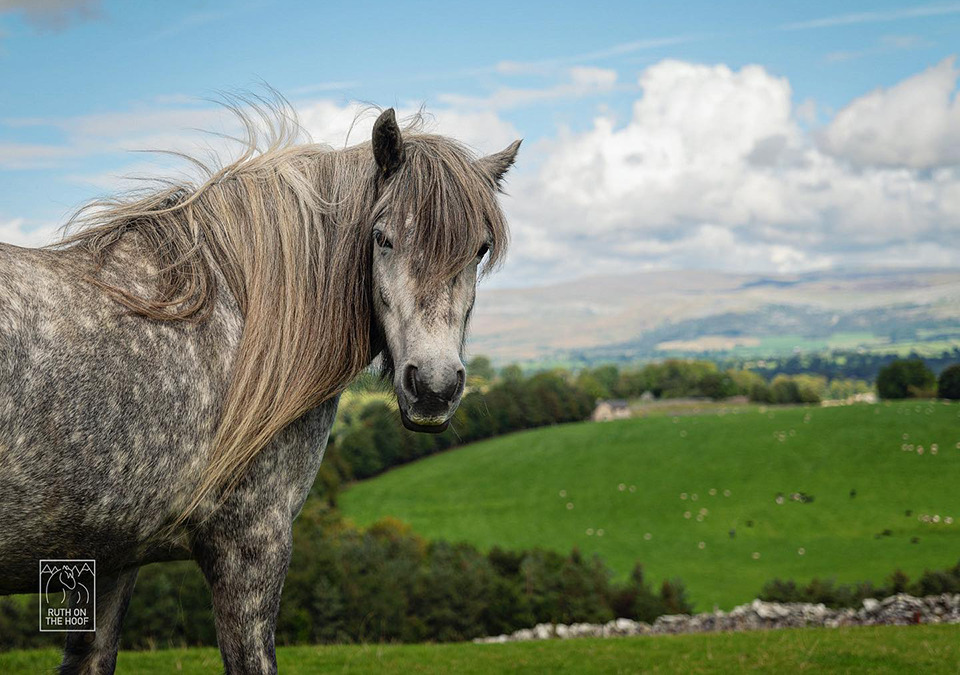
Unlike ruminants, such as sheep and cattle, the Fell Pony grazes in a much more delicate fashion. They snip the dead parts of particular plants and alternate which parts of those plants they graze on seasonally, which allows the flora to flourish. This in turn provides a better ecosystem for the rest of the fauna that thrives on our fells, from the insects
to the birds of prey.
Libby Robinson is one of the few that still breed and tend to the hill-bred fell ponies here in Cumbria. She, along with others, endeavours frivolously to conserve the species. She said, “I have bred the ponies for over 40 years, and there’s just something wonderful about them.
“They are part of our landscape, heritage, and history. They have been key to the innovation and building of the country we know today. From carrying coffins along the corpse roads to hauling essential materials across the county on their backs to pulling ploughs across the land for farmers…”
…It’s sad that with the technology and advancements we have today, they have been forgotten and are no longer essential; however, they still have their place; they are hugely important for the natural biodiversity on the fells and have evolved alongside the wilderness of Cumbria for centuries.”
At present, in Cumbria, there are only about 200 breeding mares, split into around 14 groups. This number is falling, and alarmingly, the species numbers are falling worldwide.
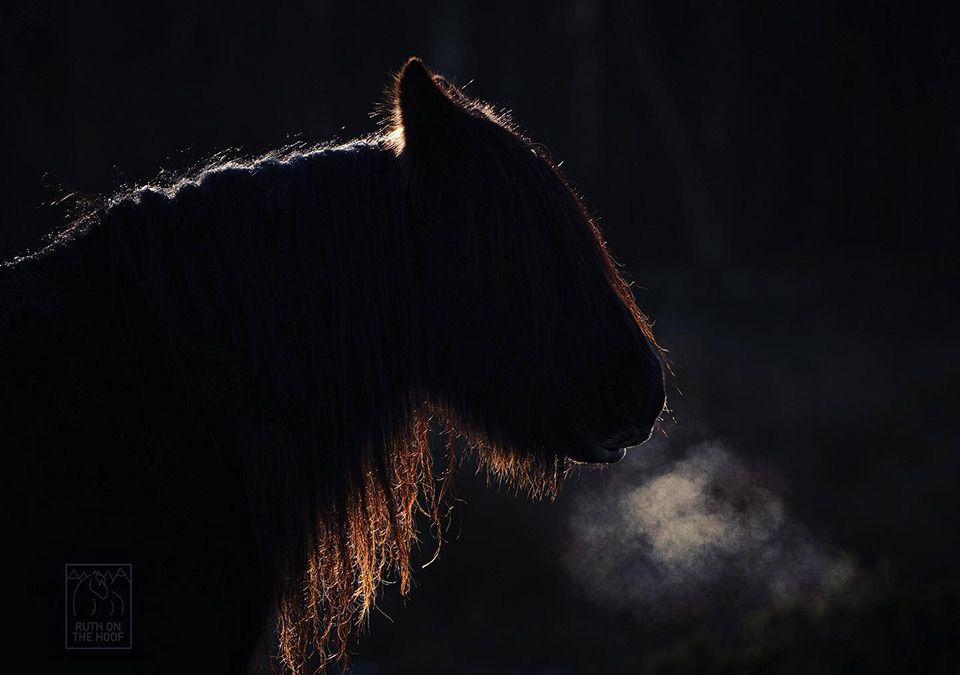
One of the biggest challenges the hill breeders are facing is seasonal restrictions. Unlike the sheep farmers, who are supplemented by the government when they remove their herds from the fells, the pony breeders are not, and that leaves them with the difficult question of where to graze their herds during these seasonal grazing breaks. Bringing them down from the hills into lowland fields is a huge problem as the wet ground can quickly become bogged, which is not only undesirable for any landowner but can also affect the ponies’ hooves. The ponies have followed the same routine for generations, and this disturbance in pattern is not only stressful but could have lasting effects on the herds.
The Fell Pony Heritage Trust is a charity that aims to conserve and protect the ponies and their grazing rights now and in the future. Libby is chair of the charity and works tirelessly to educate and promote the importance of the species. She said: “The ponies have a wonderful temperament, and they form a real bond with each other as well as with the people who tend them. There are many stories of how the ponies have helped people. We strive to share not only their historical importance but also how essential they are to our upland ecosystems. We often go out on school visits. We would encourage anyone who hasn’t already to come and see them in their element up on the fells, to find a rock and just sit and watch them—they really do bring a sense of peace.”
These animals really are a testament to how when nature and man come together, brilliant things are achieved. It’s vital that we support and protect them now, while we have the chance.
Please remember; if you come across the ponies or any horses on the fells or otherwise while out and about in Cumbria, do not feed them anything! Horses and ponies have a very strict and particular diet, and feeding them can cause serious harm or even kill them!
If you would like to know more, get involved, or support the Fell Pony Heritage Trust,
then visit their website www.fpht.co.uk for more information.
To find see more of Ruth’s fantastic photography visit her website
or social media pages at: www.facebook.com/RuthOnTheHoof
To learn more about what’s happening follow Cumbria Guide on our social media
Share It:


